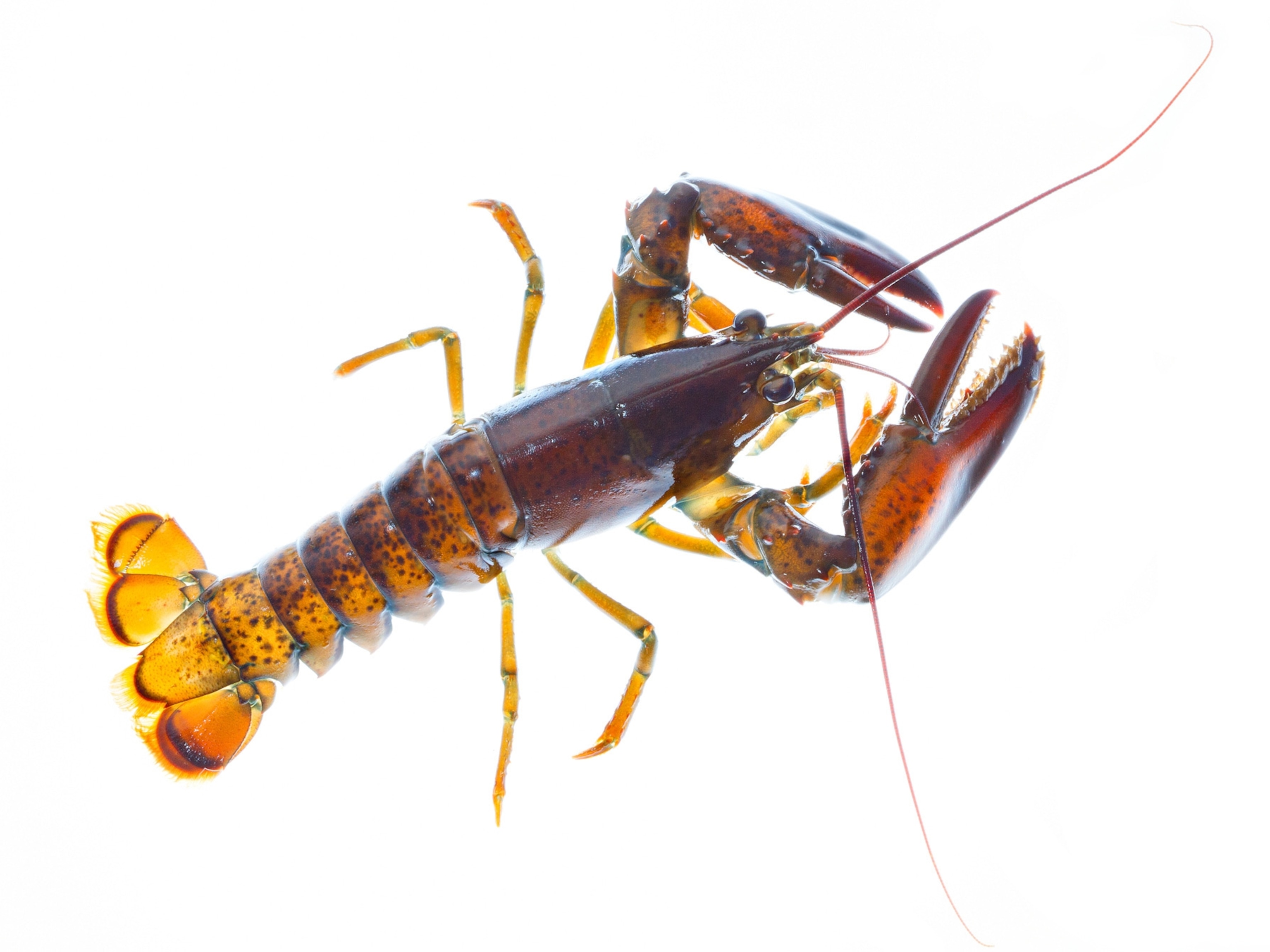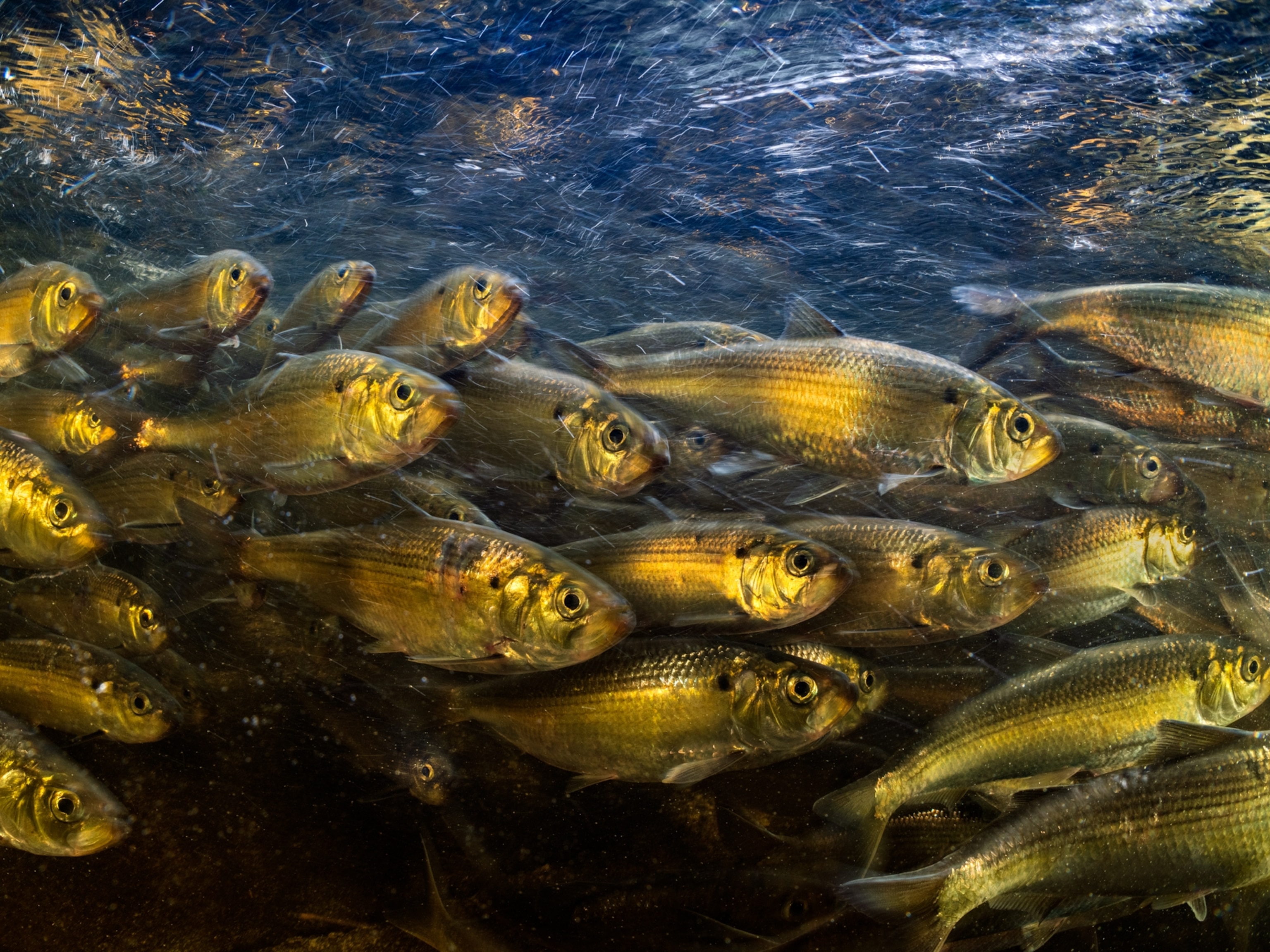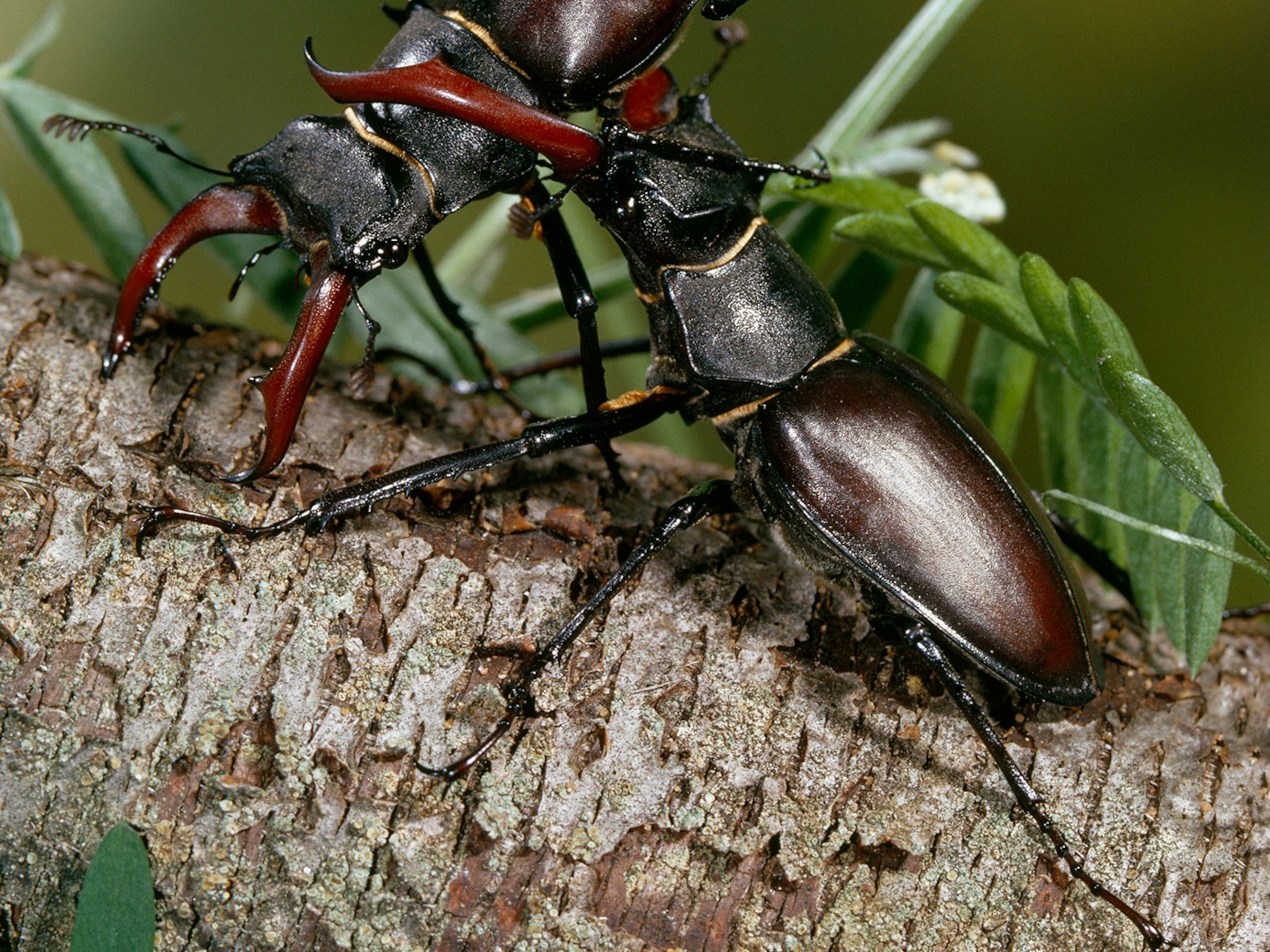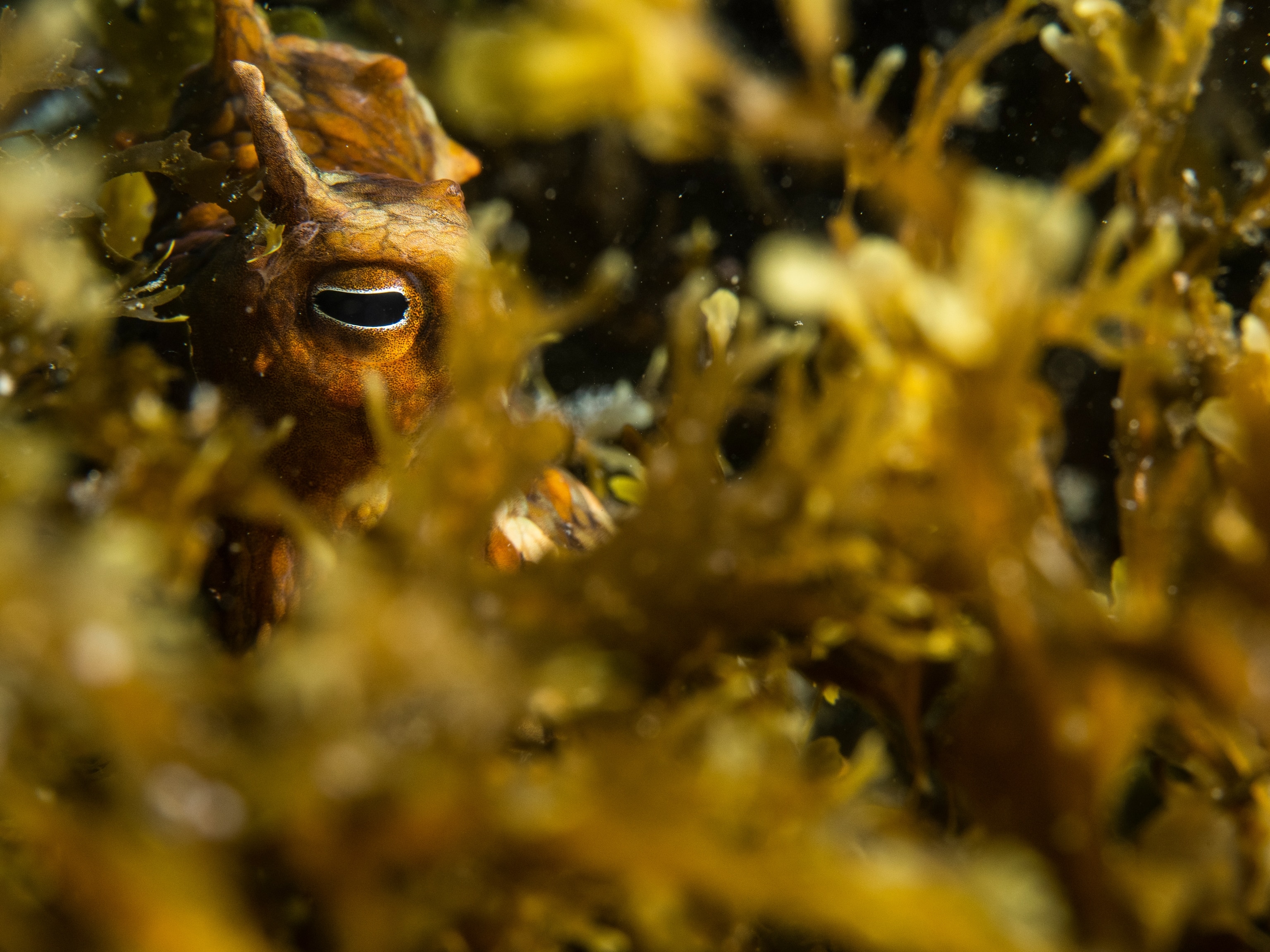
The Weird World of Lobster Sex
These crustaceans' assignations involve urine squirting and shell molting. What's more, their reproduction is threatened by climate change.
To a lobster couple, this is normal sex:
For days the female squirts urine into the den of her desired mate. Beguiled by the scent, he lets her move in. Foreplay—stroking each other with antennae and with feet covered in taste receptors—lasts several days.
Once she’s convinced that he’ll protect her, the female disrobes, slowly shedding both her hard shell and the pouch where she had banked sperm from a prior mate. Molting leaves her in a perilously soft new shell, so he stands guard for the half hour it takes to harden. Then, supported by his claw legs, he suspends himself above her and lifts her to face him, cradling her in his legs. Her new shell has a new sperm pouch; he thrusts a packet of sperm into it using appendages called gonopods. The deed is done.
As soon as one mate leaves, the male will welcome another. The female, meanwhile, will use the sperm packet to fertilize thousands of eggs, which she’ll carry under her tail for about a year until the larvae hatch.
But climate change is threatening this babymaking process, says Diane Cowan, founder of the Lobster Conservancy.
When water is warm, lobsters put their energy into growing; when it’s cold—winter water temperatures in the 30s Fahrenheit—they put that energy into making eggs and sperm, Cowan says. If climate change shortens that cold period, “they’ll produce fewer gametes. And if it’s steadily too warm, they just won’t produce. No eggs. No sperm. No lobsters.”
Homarus Americanus
HABITAT/RANGE: Atlantic Ocean waters from northern Canada to southeastern U.S.
CONSERVATION STATUS: Currently assessed as least concern by IUCN
OTHER FACTS: American lobsters sold for food average about 1¼ pounds; the largest ever recorded weighed more than 44 pounds.




